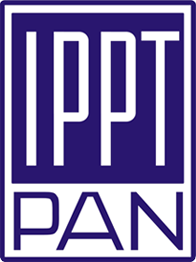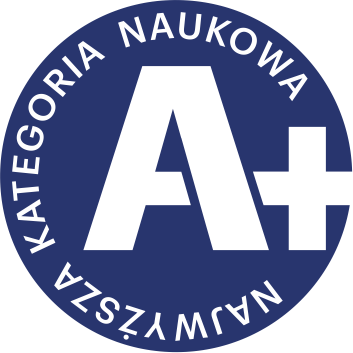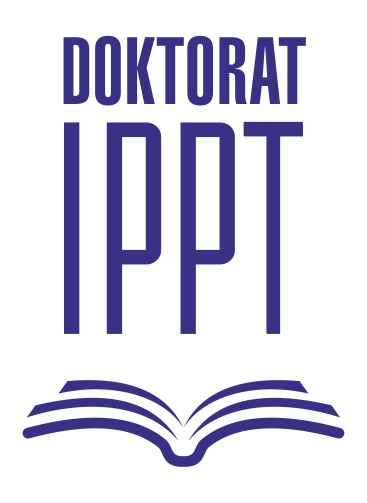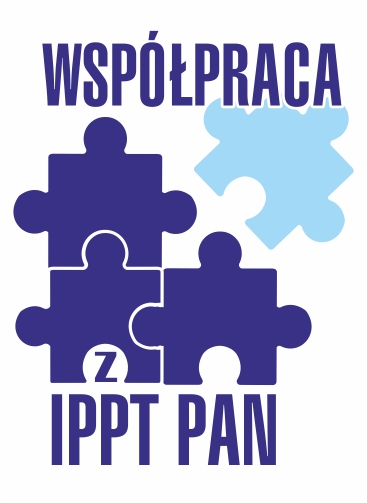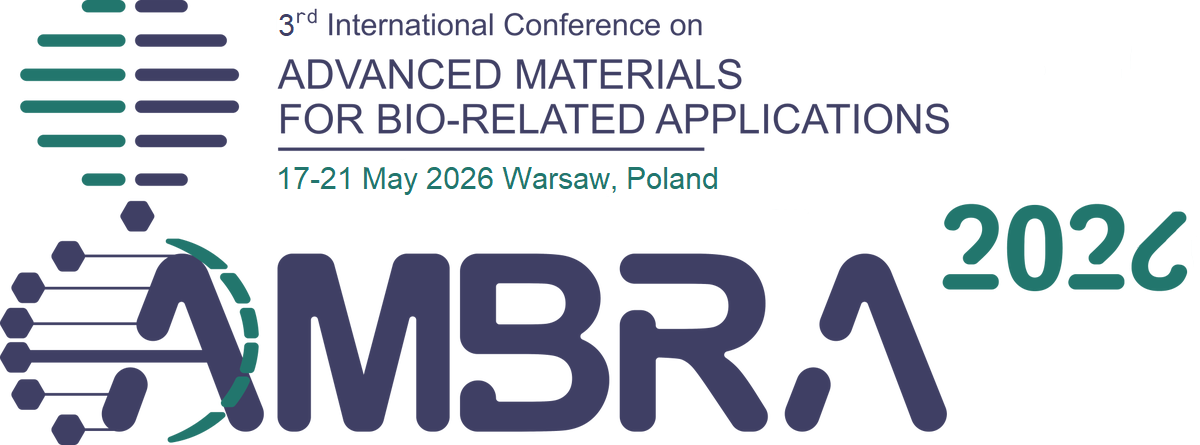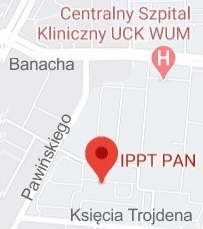| 1. |
Wu H.♦, Wu Q.♦, Liang C.♦, Hua J.♦, Meng L.♦, Nakielski P., Lu C.♦, Pierini F., Xu L.♦, Yu Y.♦, Luo Q.♦, Immunoregulatory electrospinning fiber mediates Macrophage energy metabolism reprogramming to promote burn wound healing,
Materials Today Bio, ISSN: 2590-0064, DOI: 10.1016/j.mtbio.2025.102430, Vol.35, pp.102430-1-20, 2025 Streszczenie:
Burn wound management posed substantial therapeutic challenges due to impaired macrophage polarization dynamics. Metabolic dysfunction in macrophages hindered the transition from glycolysis-driven M1 phenotype to oxidative phosphorylation (OXPHOS)-driven M2 phenotype, result of perpetuating inflammatory reaction to restrain wound healing. Despite all kinds of biomaterials were developed for burn wounds, some critical issues still couldnot be solved, such as limited repair efficacy, strong immunogenicity, and high cost etc. Cellular metabolite α-ketoglutaric acid (AKG) shows good biological activity and can regulate cellular energy metabolism, which is expected to solve the above issues. However, the cellular acid-toxicity of AKG might restrict its wide application in clinic. Therefore, a bioactive electrospinning fiber (PEKUU) was engineered to demonstrate sustained AKG release for modulation of energy metabolism of burn wounds. In vitro assessments confirmed its biocompatibility and effects on keratinocyte and endothelial proliferation, migration and angiogenesis. Meanwhile, PEKUU could attenuated glycolysis-driven M1 polarization, reducing NF-κB-mediated inflammation. While it also could enhance mitochondrial OXPHOS to drive M2 polarization. In vivo experiment showed that PEKUU electrospinning fiber could accelerate epithelialization, collagen remodeling and healing of deep second-degree burn wounds of mice. Finally, proteomics was applied to reveal the underlying mechanism of AKG-mediated metabolic reprogramming, including the coordinated suppression of the glycolytic-NF-κB axes and the potentiation of the OXPHOS and fatty acid oxidation pathways. The dual regulation reshaped macrophage energetics and established a pro-regenerative niche. Overall, PEKUU electrospinning dressing could modulate macrophage polarization state by reprogramming energy metabolism mode, providing a new therapeutic strategy for burn repair. Słowa kluczowe:
Burn, Macrophage, Wound healing, Metabolism reprogramming, OXPHOS Afiliacje autorów:
| Wu H. | - | inna afiliacja | | Wu Q. | - | inna afiliacja | | Liang C. | - | inna afiliacja | | Hua J. | - | inna afiliacja | | Meng L. | - | inna afiliacja | | Nakielski P. | - | IPPT PAN | | Lu C. | - | inna afiliacja | | Pierini F. | - | IPPT PAN | | Xu L. | - | inna afiliacja | | Yu Y. | - | inna afiliacja | | Luo Q. | - | inna afiliacja |
| 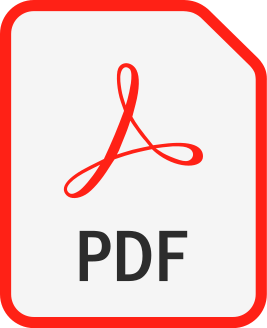 | 20p. |

